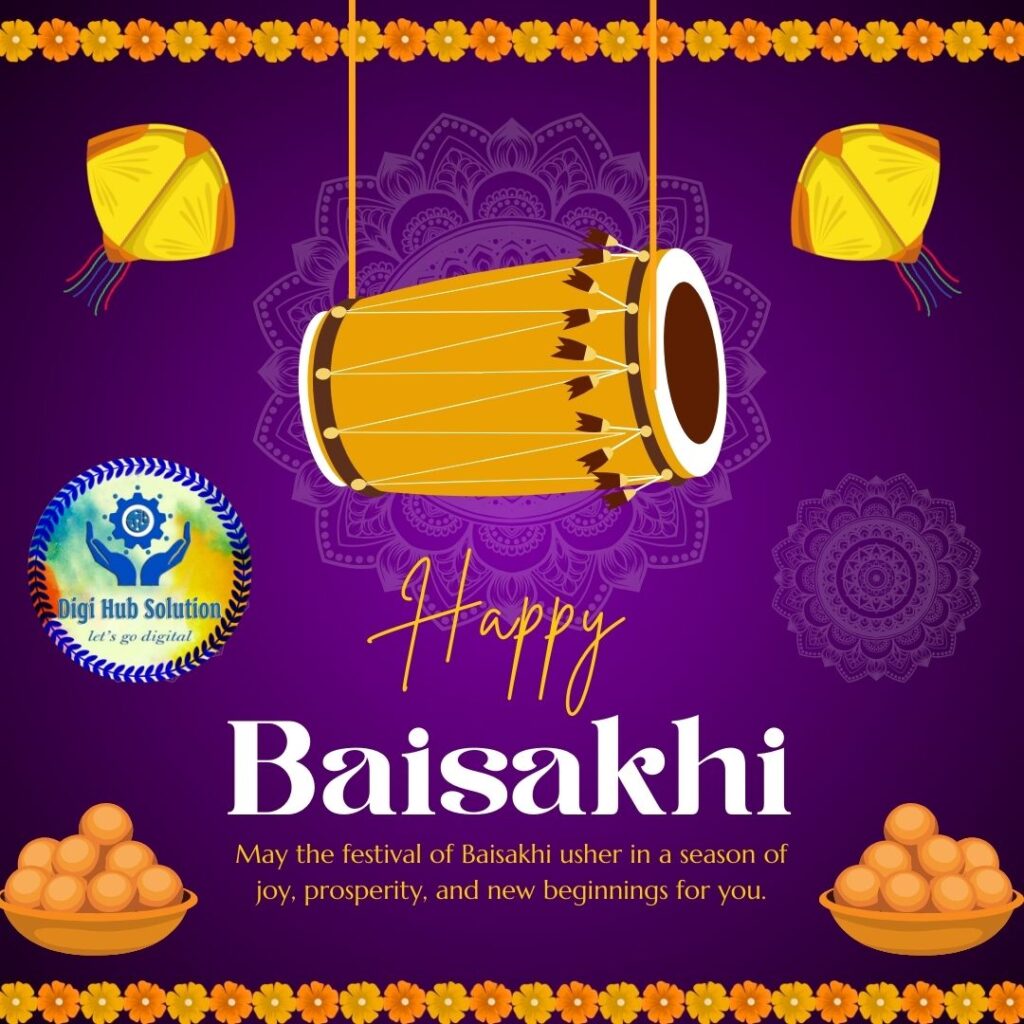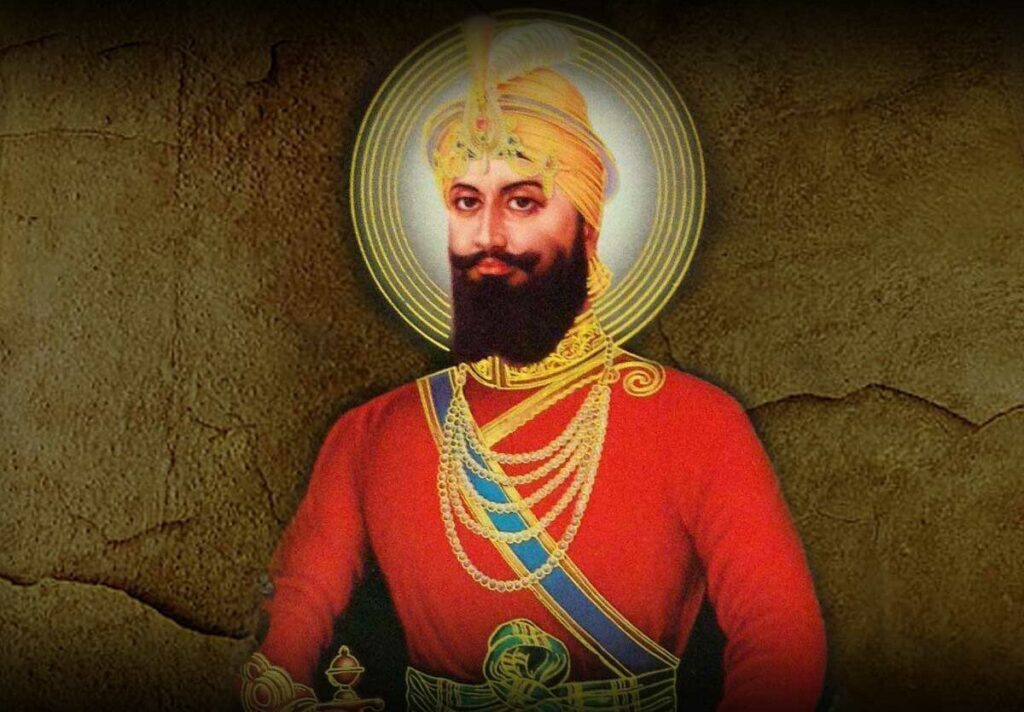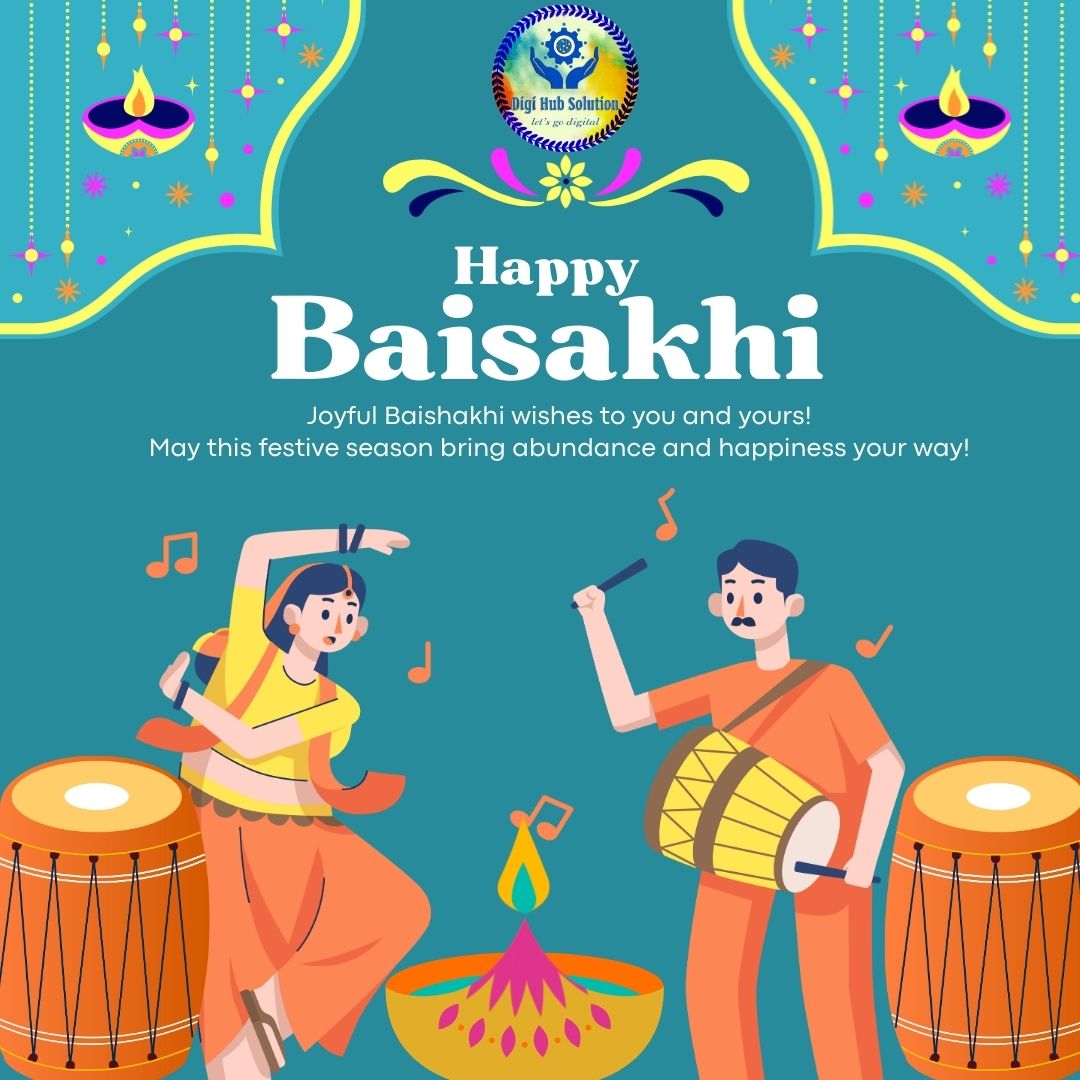Best wishes to all of you for Baisakhi 2024.
Baisakhi or Vaisakhi, the harvest festival, is celebrated with great enthusiasm to mark the beginning of the new spring and is celebrated in most of India as the new year by Hindus. It signifies the end of the harvest season in India, marking a time of prosperity for the farmers. Also called Vaisakhi, it is a festival of tremendous joy and celebration. Baisakhi is especially significant to Punjab and Haryana, because of the large Sikh population who celebrate this festival with a lot of energy and vigour.

Dates for Baisakhi 2024
The festival of Baisakhi falls on the first day of Vaisakh month (April-May), according to the Sikh Calendar. For this reason, Baisakhi is also referred to as Vaisakhi. Baisakhi also marks the Punjabi New Year. According to the English calendar, the date of Baisakhi corresponds to April 13 every year and April 14 once every 36 years. This variation is due to the festival being observed as per the Indian solar calendar. This year Baisakhi falls on 13 April.
The Historical Significance of Vaisakhi
The story goes that on Vaisakhi, Guru Gobind Singh challenged any Sikh who was prepared to give his life. In a crowd of about a thousand people, five people volunteered in total. The Guru, instead of killing the volunteers, baptized them with “Amrit” and formed a five-member group of saint-soldiers called “khalsa”. These five men representing the khalsa were known as the Five Ks signifying Kesh (hair), Katchera (underwear),kangha (comb), kirpan (sword), and the kara (steel ring).

Baisakhi Customs and Traditions
Dress :As a celebration of the new spring, Vaisakhi is an accasion that sees men, women and children commemorate this joyous occasion by buying new attire, picking the most lively and dynamic of the lot to reflect the atmosphere of happiness felt throughout the crowd. Traditional Punjabi attire for men includes the turban with the fan-like adornment worn with a kurta, a waistcoat, the rumaal or scarf, and the lungi tied around their waist, while the women wear the customary garments of salwar kameez with the most festive and ostentatious jewellery. The multi-coloured brilliance of this attire reflects the perky and bubbly nature of the Punjab way of living.

Food :Multiple food stalls are set up at the Baisakhi fairs to keep the crowds refreshed and energised as they party all night. Quintessentially Punjabi cuisine like chhole bhature, achari mutton, chicken saagwala, sarson ka saag, kadhi chawal, dry fruit kheer and the famous lassi are ever-present at the fair. These gastronomic delights are representative of the great love of food and flavour displayed by the people of Punjab.

How Vaisakhi is Celebrated in India
Gurdwaras are decorated with lights of various colours while the Sikhs organize “Nagar kirtan” —a procession led by five khalsa. The procession is marked by people singing hymns from the sikh texts. Some of the bigger processions keep a copy of the Guru Granth Sahib as a show of respect.

Events that depict the true culture of Punjab are organized. Traditional folk dance or Bhangra, essentially a harvest festival dance, is quite common in these cultural events. People flock to local fairs that from an integral part of the Punjabi culture.
In other parts of India, Hindus celebrate the day as the beginning of the new year. People take a dip in the holy Ganges and other holy rivers before starting the day. Dressing up in traditional attire, indulging in local delicacies, and visiting friends’ and relatives’ houses are quite common. Vaisakhi is also considered as an auspicious day to start a new venture.

Vaisakhi Celebrations
People dance, sing and wear new clothes to celebrate the festival. They enjoy watching parades that shall take place during this time. Both men and women dance. Men perform the Bangra form whereas women perform the Gidda form to celebrate the event. People prepare holiday meals and sweets and share among themselves. It has been a special day for Sikhs, who carry processions and celebrate the day with great fanaticism. Vaisakhi is grandly celebrated in Haryana and Punjab, the northern states of India.

Sikhs wake up early in the morning, take a bath, wear new dresses and make a visit to the nearest gurudwara to submit special prayers. After the common prayer, kada Prasad shall be distributed to everyone present there. After that, they enjoy langa to be served by volunteers. The festival is also celebrated in schools, colleges and fields. Several events shall be conducted by schools on the day. Gurudwaras are the best places that hold the real beauty of Vaisakhi. They are completely decorated and conduct kirtanas to attract many people. The same celebrations are expected during vaisakhi 2024.
Rituals of Vaisakhi
Gurudwaras shall be visited by Sikhs in the morning to participate in a common prayer. The Granth Sahib shall be bathed in milk. Sweets shall be distributed to attendees. The Granth Sahib shall be taken out parades by Sikhs during the afternoon hours. These are the common rituals of Vaisakhi 2024. The symbols of the festival include the Kirpan, which is sword; the Kesh, which is uncut hair; the Kara, which is steel ring; the Kangha, which is the comb; and the Katchera.
Public life on Baisakhi
Baisakhi is a very precious day for Sikhs. It is the celebration of the ‘New Year’ according to Nanakshahi calendar. On the festival day, schools and colleges shall remain closed. The commercial outlets owned by Sikhs shall also remain closed or they can have reduced operating hours. The festival has no effect on public transport. Owing to festival events, the schedule for public transport may be disturbed.

Background
Vaisakhi is also called Baisakhi. This harvest celebration takes place annually and harvesters celebrate and rejoice about the New Year and the harvested crops. However, there was added meaning to the celebration in 1699 when the khalsa Panth (type of religious warrior) organization was established during the vaisakhi festival.
The 10th Guru Gobind Singh asked who in a crowd of thousands was prepared to die for the cause of religion. Eventually five men volunteered to give their lives but the Guru Gobind Singh did not kill the men. Instead he baptized them and the men became the first five members of a group called khalsa. The tradition of Sikh baptism during the Vaisakhi festival originated from this historic event.

Symbols
The Sikh religion commemorates the first five men who comprised the khalsa with five symbols of “purity and courage” called five ks. The five ks include the kesh (uncut hair), the kangha (comb), the Katchera (underwear), the kara (steel ring), and the kirpan (sword).

